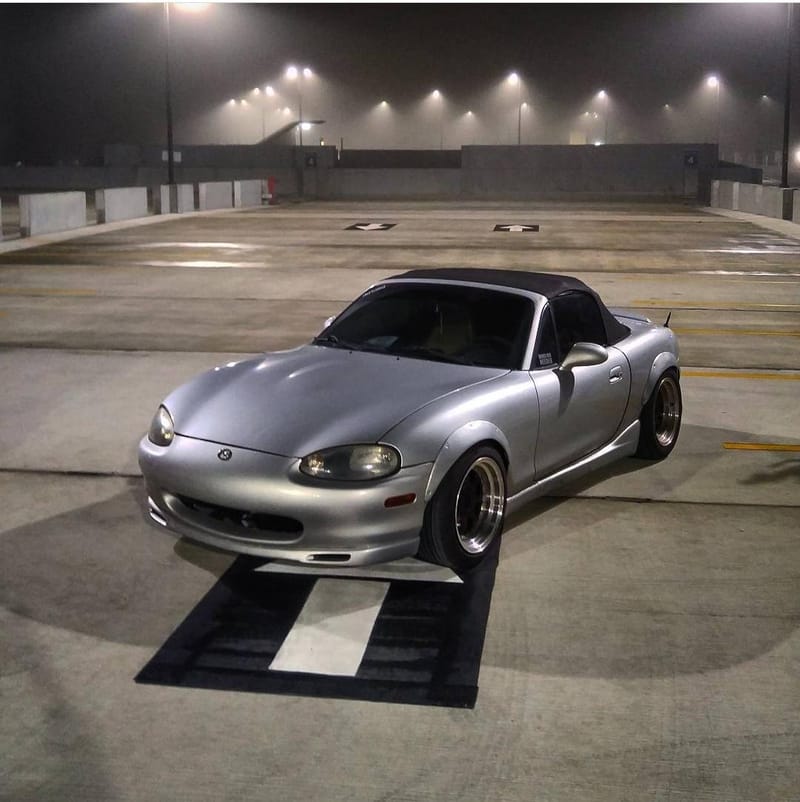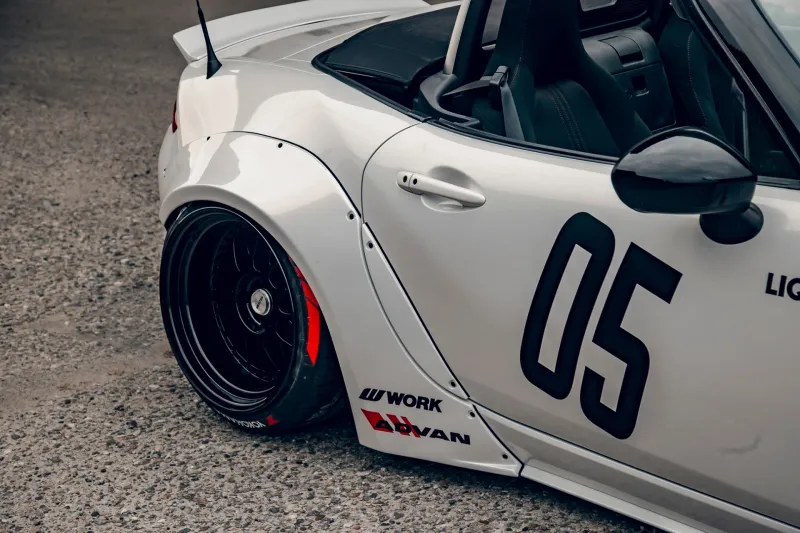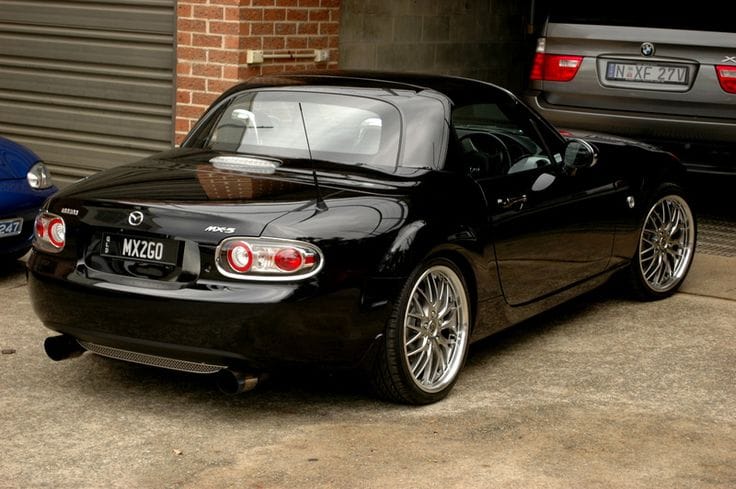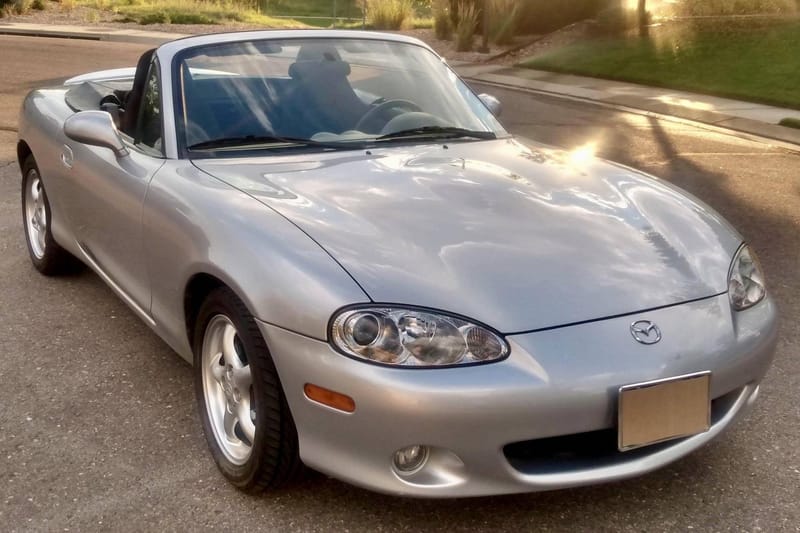NA Miata Trim Levels Explained: Which One Is Right for You?
The first-gen NA Miata (1990–1997) came with three key changes over its run. Early cars (’90–’93) used a 1.6L engine with 116 hp and could be optioned with a viscous LSD. In 1994, power jumped to 128 hp with a new 1.8L, later tweaked to 133 hp for ’96–’97.

The NA Miata is the first-gen roadster sold in the U.S. from 1990 to 1997. Early cars ran a rev-happy 1.6-liter (116 hp); in 1994 Mazda bumped displacement to 1.8 liters with 128 hp, then nudged power again to 133 hp for 1996–1997. Limited-slip differentials changed with the times: 1990–1993 cars could be optioned with a viscous LSD (VLSD), while the 1.8-liter era introduced Torsen units, Type I through mid-1995 and the stronger-feeling Type II from late 1995 to 1997 when optioned. Keep those three pillars in mind (year, engine, diff), because they anchor everything that follows.
How Mazda packaged cars (early A/B/C vs. later named bundles)
From 1990–1993, Mazda kept it simple: a no-frills Base and add-on A/B/C packages. Base cars are featherweight and analog, manual steering, steel wheels, often no radio. The A Package layered in power steering, alloys, and a cassette deck; the B Package added cruise, power windows, and headrest speakers; the ’92 “C-package” leaned into a black-and-tan theme with leather and tasteful options like BBS wheels and Nardi trim, plus ABS availability when paired with the right package.

In 1994, the 1.8 arrived and the packaging got names: the Popular Equipment Package (PEP) bundled the “live with it every day” conveniences and, on manuals, typically brought a Torsen LSD and factory bracing; the Leather Package added tan leather and a tan top. Two special lines sat above and beside those: the R-Package (’94–’97), a factory track-leaning spec with Bilsteins, stiffer bars/springs, aero bits, and fewer luxuries, and the M-Edition (’94–’97), an upscale, color-of-the-year trim with Nardi accents and unique wheels. The run closes with the 1997 STO in Twilight Blue Mica, a limited-number touring-style sendoff.

What those trims feel like on the road
Base and A-package 1.6s are the lightest on their feet, manual racks, fewer accessories, and that fizzy small-motor character. Step to B or C and you still get the playful chassis, just with more comfort layered in. The PEP 1.8 is the everyday sweet spot: broader torque, useful creature comforts, and (on manuals) a Torsen that puts power down exiting corners without drama. Leather Package cars drive like PEPs but feel richer inside; they’re great when you want a cruiser that still hustles. R-Packages change the personality the most: firmer, more planted, a bit noisier and more focused, perfect if you’re aiming at HPDEs or autocross. M-Editions bring the same core dynamics as their PEP/Leather peers but add that “nice-spec” vibe and color you won’t see every day. The ’97 STO sits between practical and special, touring-leaning equipment with a unique look.
Spotter tips to confirm what you’re looking at
Don’t assume, verify. For diffs, the 1.6 VLSD has tell-tale stub-shaft flanges; Torsen vs. open in 1.8 cars usually needs a closer look (or documentation). R-Packages have easy clues: yellow Bilstein shocks, factory front air dam and rear skirt/spoiler, and typically no power steering, leather, or automatic. M-Editions are all about details, year-specific paint (’94 Montego Blue, ’95 Merlot, ’96 Starlight Blue, ’97 Marina Green), M badging, Nardi bits, and unique wheels, so cross-check ads against period brochures. For 1997 specifically, the brochures call out Power Steering, Touring, PEP, Leather, and R-Package by name, which helps you match a seller’s claim to what Mazda actually offered.

Which one is right for you?
If you want the most balanced street car, a manual-trans PEP (’94–’97) is the one-key solution, torquier engine, useful options, and a Torsen where equipped. If you’re track-curious or already booking HPDEs, the R-Package is the cleanest factory starting point; failing that, a PEP with good tires, pads, and an alignment will get you 90% there. If you prefer a classy cruiser that still has bite, look for Leather Package or an M-Edition, you’ll keep the bones and add a cabin you’ll enjoy every commute. On a budget or chasing the lightest feel, early Base/A 1.6s are a riot and respond beautifully to tires and fresh suspension. Shopping for something collectible? Shortlist the M-Editions, the ’91 BRG Special Edition, the ’93 LE, and the ’97 STO, then verify originality, paint, wheels, badges, and option codes so you know you’re paying for the right car.




